
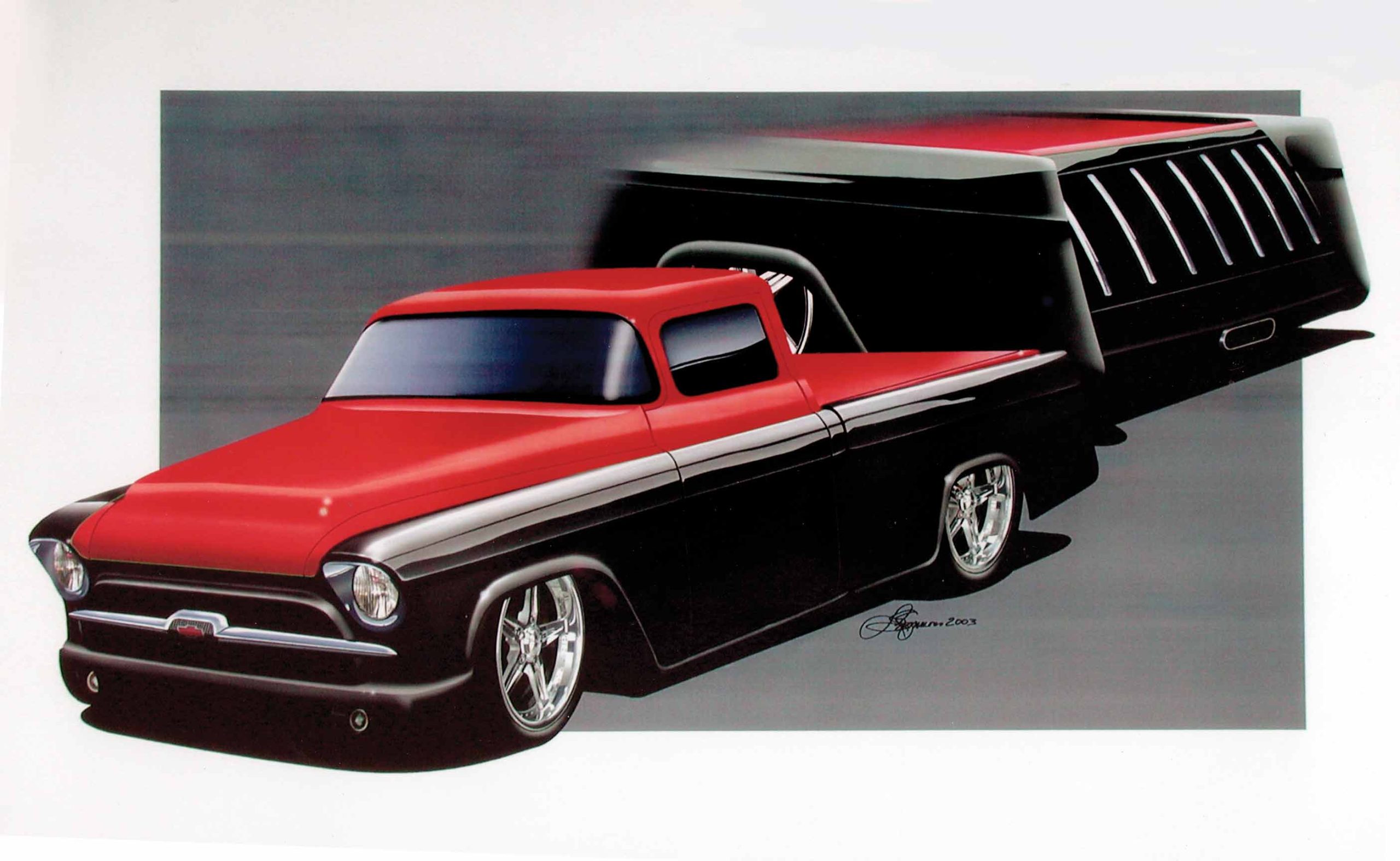

THE AUTO BUILDER
Featured
- All Post
- 20 High Priority - SR Super Rod
- Builds
- 25 High Priority - FB Ford Builder
- Cars
- 30 High Priority - AR American Rodder
- 01 Post Status
- 35 High Priority - RD Rodders Digest
- 40 High Priority - OTR On the Road
- 45 High Priority - SRB Street Rod Builder
- 50 High Priority - TB Truck Builder
- 55 High Priority - BSCENE Buckaroo Scene
- 60 High Priority - FPB Family Power Boat
- Trucks
- Swaps
- Performance Boats
- _000 Home Sliders
- Builders
- 00 Sidebars
- Manufacturers
- 05 High Priority - HCI Hot Compact Imports
- 05 Publications
- 10 High Priority - CR Chevy Rumble
- Back
- Chassis
- Engine
- Fuel System
- Electrical
- Exhaust
- Transmission / Drivetrain
- Suspension
- Steering
- Brakes
- Wheels and Tires
- Interior
- Exterior
- Accessories
- Power Adders
- Back
- Chassis
- Engine
- Fuel System
- Electrical
- Exhaust
- Transmission / Drivetrain
- Suspension
- Steering
- Brakes
- Wheels and Tires
- Interior
- Exterior
- Accessories
- Power Adders
- Back
- Chassis
- Engine
- Electrical
- Exhaust
- Fuel System
- Transmission / Drivetrain
- Suspension
- Steering
- Brakes
- Wheels and Tires
- Interior
- Exterior
- Accessories
- Power Adders
- Back
- Chassis
- Engine
- Electrical
- Exhaust
- Fuel System
- Transmission / Drivetrain
- Suspension
- Steering
- Brakes
- Wheels and Tires
- Interior
- Exterior
- Accessories
- Power Adders
- Back
- Chassis
- Engine
- Fuel System
- Electrical
- Exhaust
- Transmission / Drivetrain
- Suspension
- Steering
- Brakes
- Wheels and Tires
- Interior
- Exterior
- Accessories
- Power Adders
- Back
- Chassis
- Engine
- Fuel System
- Electrical
- Exhaust
- Transmission / Drivetrain
- Suspension
- Steering
- Brakes
- Wheels and Tires
- Interior
- Exterior
- Accessories
- Power Adders
- Back
- Chassis
- Engine
- Fuel System
- Electrical
- Exhaust
- Transmission / Drivetrain
- Suspension
- Steering
- Brakes
- Wheels and Tires
- Interior
- Exterior
- Accessories
- Power Adders
- Back
- Engine
- Fuel System
- Electrical
- Outdrives
- Steering
- Interior
- Accessories
- Power Adders
- Exterior and Hull
- Back
- Chassis
- Engine
- Electrical
- Exhaust
- Fuel System
- Transmission / Drivetrain
- Suspension
- Steering
- Brakes
- Wheels and Tires
- Interior
- Exterior
- Accessories
- Power Adders
- Back
- Chevrolet
- Cadillac
- Pontiac
- AMC
- Buick
- Jeep
- Lincoln
- Ford
- Honda
- GMC
- BMW
- Mitsubishi
- Dodge
- Nissan
- Chrysler
- Subaru
- Toyota
- Plymouth
- Mercury
- Volvo
- Volkswagen
- Oldsmobile
- Acura
- Back
- 05 Pub HCI Hot Compact Imports
- 15 Pub 4x4 4x4 Builder
- 20 Pub SR Super Rod
- 25 Pub FB Ford Builder
- 30 Pub AR American Rodder
- 35 Pub RD Rodders Digest
- 40 Pub OTR On the Road
- 55 Pub BSCENE Buckaroo Scene
- 10 Pub CR Chevy Rumble
- 50 Pub TB Truck Builder
- 60 Pub FPB Family Power Boat
- 45 Pub SRB Street Rod Builder
- Back
- Chip Foose
- Ring Brothers
- Jack Fuller
- Bob Cullipher
- Jerry Nichols
- Bobby Alloway
- Jesse James
- Carl Casper
- J.F. Launier
- Steve Sellers
- Boyd Coddington
- Rad Rides by Troy
- Cal Auto Creations
- George Barris
- West Coast Customs
- Back
- Street Rods
- Hot Rods
- Late Model
- Drag Race
- Handling
- Compact Cars
- Chassis
- Engine
- Fuel System
- Electrical
- Exhaust
- Transmission / Drivetrain
- Suspension
- Steering
- Brakes
- Wheels and Tires
- Interior
- Exterior
- Accessories
- Power Adders
- Chassis
- Engine
- Fuel System
- Electrical
- Exhaust
- Transmission / Drivetrain
- Suspension
- Steering
- Brakes
- Wheels and Tires
- Interior
- Exterior
- Accessories
- Power Adders
- Chassis
- Engine
- Electrical
- Exhaust
- Fuel System
- Transmission / Drivetrain
- Suspension
- Steering
- Brakes
- Wheels and Tires
- Interior
- Exterior
- Accessories
- Power Adders
- Chassis
- Engine
- Electrical
- Exhaust
- Fuel System
- Transmission / Drivetrain
- Suspension
- Steering
- Brakes
- Wheels and Tires
- Interior
- Exterior
- Accessories
- Power Adders
- Chassis
- Engine
- Electrical
- Exhaust
- Fuel System
- Transmission / Drivetrain
- Suspension
- Steering
- Brakes
- Wheels and Tires
- Interior
- Exterior
- Accessories
- Power Adders
- Chassis
- Engine
- Fuel System
- Electrical
- Exhaust
- Transmission / Drivetrain
- Suspension
- Steering
- Brakes
- Wheels and Tires
- Interior
- Exterior
- Accessories
- Power Adders
- Back
- 05 Post Imported
- 20 Post Missing Images (All)
- 25 Post Missing Images (Partial)
- 15 Post In Progress
- 30 Post Internal Review
- 40 Post On Hold
- 50 Post Approved
- 10 Post Images Imported
- 17 Post Missing TXT Files
- 18 Post Missing PDF Files
- 27 Post Missing Content
- Back
- Chassis
- Engine Swaps
- Interior Swaps
- Driveline
- Back
- Street Trucks
- OffRoad Trucks
- Chassis
- Engine
- Fuel System
- Electrical
- Exhaust
- Transmission / Drivetrain
- Suspension
- Steering
- Brakes
- Wheels and Tires
- Interior
- Exterior
- Accessories
- Power Adders
- Chassis
- Engine
- Fuel System
- Electrical
- Exhaust
- Transmission / Drivetrain
- Suspension
- Steering
- Brakes
- Wheels and Tires
- Interior
- Exterior
- Accessories
- Power Adders
- Back
- 01 Sidebar Left
- 01 Sidebar Right
Spotlighter
POPULAR READS
CIMTEX SUPER CAMEO: PART 5
Backing Up Our Corvette ZR1 Engine With a “Race-Bred” GM 4L80E and a CompuShift Control System
When we selected a Chevrolet Corvette ZR1 twin-cam, small-block 350 V-8 engine for our Cimtex Rods Super Cameo, we knew that we would be breaking new ground in the sense that GM never built a “production” automatic-transmission-equipped Corvette ZR1. However, there is record that a couple of Corvette ZR1s were specially equipped with automatic electronic overdrive transmissions for physically challenged Corvette enthusiasts. We don’t know whether it was done by the factory or by the private sector.
Nonetheless, it was our intent to run an automatic transmission behind this awesome powerplant. After all, we wanted our ’56 Super Cameo to be as civilized as possible, yet still be able to handle all the available torque and horsepower that will be the result of this twin Powerdyne (BD11-A) supercharged and intercooled Corvette ZR1 engine. But what type of GM automatic transmission would we actually be using?
Since the ZR1 engine is fully electronically controlled, we certainly were not going to use a non-electronic trans, so that ruled out a GM TH350 or TH400. Then, too, we definitely didn’t want to use a GM 700R4, as it is fairly limited in the torque and horsepower department. So that narrowed down the selection to a GM 4L60E or its bigger brother, the GM 4L80E four-speed electronic overdrive transmission. Thankfully we had performance transmission specialist “Jimmy G” Galante from Sun Valley, California’s G Racing & Performance Transmissions, also known as www.RaceTrans.com, on hand to point us in the right direction. Not surprisingly, Galante favored the GM 4L80E for this project.
“The GM 4L80E four-speed electronic overdrive transmission came out in 1991,” said Galante. “This transmission is a true four-speed automatic with overdrive, featuring an electronic lockup torque converter. Rated at 440 lb-ft of torque, this transmission was mainly designed for use in GM’s 3500 series truck line (featuring a 2.48:1 first gear, a 1.48:1 second gear, a 1.00:1 third gear, a .75:1 fourth gear and 2.07:1 reverse) as well as medium purpose vehicles (MPV) such as the GM step vans and box trucks, along with Isuzu delivery vehicles and the like. As such, the GM 4L80E is definitely the brute of the GM electronic overdrive automatic transmission family!” But how does the GM 4L80E differ from its 4L60E counterpart?
“At approximately 170 pounds, the GM 4L60E is a much smaller and lighter transmission, and it was primarily designed for passenger car and light-duty truck use. Due to its compact nature, the 4L60E gets its electronic overdrive feature by overdriving low gear to get second gear. Then it overdrives third, or high gear, to achieve the overdrive gear. Conversely, the GM 4L80E, which weighs approximately 260 pounds, physically has an actual overdrive gear located right on the front of the input shaft. Due to its case construction, this transmission is much stronger and more conducive to heavy-duty load applications. Most of your light-duty gas and diesel truck applications, which utilize the GM 4L80E, produce somewhere in the range of 350 hp and 440 lb-ft of torque.” Now let’s compare the GM 4L80E to the GM TH400.
“The GM 4L80E is often referred to as being a GM TH400 with an overdrive added to it,” says Galante. “With the exception of the aforementioned overdrive gear being located in the front of the input shaft (on the 4L80E), from there back the transmission does resemble a GM TH400, with two drums (forward and reverse) and a non-drive-shell planetary drive gear system with its sun gear tube. In fact, various pre-1997 TH400 planetary gear system components, such as the reaction carrier and the output carrier, are totally interchangeable (with minor modifications) between the GM TH400 and the GM 4L80E. However, there have been some internal improvements made to the GM 4L80E for the sake of convenience and smoother operation. One of the things the GM TH400s tend to do is slam or clunk in reverse,” says Galante. “With the 4L80E, GM engineers redesigned the transmission fluid circuit (in the valve body) so that it regulates the line pressure when you shift the transmission into the ‘R’ position for a smoother engagement, so no more slamming into reverse.”
Galante went on to say that the GM 4L80E also uses a gear-driven transmission fluid pump instead of a vein pump, because most of the rpm operating ranges in the 4L80E are much lower than those in, let’s say, a GM TH400 or a GM 4L60E, which traditionally get bolted up to higher-rpm engines. “This pump is nice and strong with a big input shaft and a huge stator support. It’s definitely got beef!”
Okay, now that we know we’re starting out with a transmission capable of withstanding heavy torque and horsepower loads, what modifications will www.RaceTrans.com do to the GM 4L80E in order to make it good enough to handle 600-plus horsepower and 650 lb-ft of torque?
“Aside from totally replacing all of the internal components—bushings, O-rings, gaskets, seals, etc.—with a www.RaceTrans.com GM 4L80E rebuilder kit, we’re going to beef up this transmission using a set of Alto Red Eagle clutches (part No. 031750AHPPWR) and a set of Kolene-coated steels (part No. 031721K). We’re also going to tighten up the clearances inside the transmission and then install a TransGo shift kit (part No. 4L80E-HD2). However, in the process, we’re also going to slightly modify the programming to make our 4L80E into a manual automatic. So when you put it in low gear, it stays in low gear.
“To further enhance the performance of the transmission, we’re going to install a 13-inch stainless steel billet design case with a 2,500-3,000-rpm-stall-speed 10-inch lockup torque converter (part No. 4L60ES4) from The Converter Shop (TCS). This unique setup should totally complement the Corvette ZR1’s .560-inch valve lift and .302-degree-duration dual overhead camshafts.” Since the GM 4L80E is an electronic overdrive transmission, it was also necessary to set up the programming (computer tuning) in order to optimize overall performance without overdoing it. “We selected one of HGM’s CompuShift standalone transmission control systems, and they are totally awesome,” says Galante (see sidebar).
For openers, the HGM CompuShift transmission control system does not require a laptop computer and other expensive computer software to make changes and read its display. It’s strictly a plug-and-play application. The HGM CompuShift transmission control system features a totally sealed module (available in either standard black wrinkle finish or optional polish), which can be mounted anywhere in the truck and is capable of withstanding high-heat installations. The CompuShift transmission control system also has its own display screen (monitor), which can either be used as a hand-held unit or permanently installed inside your vehicle.
Essentially there is a total of three hookups: The power wire, the ground wire and the throttle position sensor hookup orm in the case of a carbureted car, an adjustable throttle linkage sensor. The HGM CompuShift transmission control system also has a tachometer (rpm input) sensor hookup and can monitor gear ratio, engine temperature and so on. However, the unit does not use the tachometer for actual shifting. You can either preset your shift points to suit your desired specification or install the OE 4L80E transmission control ?program.
For this buildup, we also installed one of PML Incorporated’s finned aluminum, black-wrinkle-finish, deep transmission fluid pans (part No. 9437), which increases the 4L80E’s fluid capacity 3.25 quarts over stock. Will we be using a transmission cooler at this point? Not likely, as our new www.RaceTrans.com GM 4L80E with PML pan and Be Cool four-core aluminum radiator should feature enough cooling capacity on its own. By now you may be thinking that since GM never built an automatic transmission Corvette ZR1, where in the world did we find a fully balanced, six-bolt Corvette ZR1 flexplate? Consider us lucky. When we purchased our ZR1 engine from Ripley, Oklahoma’s RK Machine, owner Rick Kirk, who worked on the original Corvette ZR1 engine/Mercury Marine “Wet Vette” project, came up with an ultra-rare ZR1 flexplate left over from that project. Otherwise it would have had to be custom made.
Follow along as we document the building of our Jimmy G. Galante/Super Cameo GM 4L80E four-speed electronic overdrive transmission. Note: Some of the OE rebuilding procedures—such as installing the bushings, gaskets and O-rings, as well as assembling some of the stock component modules—have already been done for the sake of time. Enjoy, as this was one of the more important steps in this build, so that the complete drivetrain and the vehicle can begin to come together.
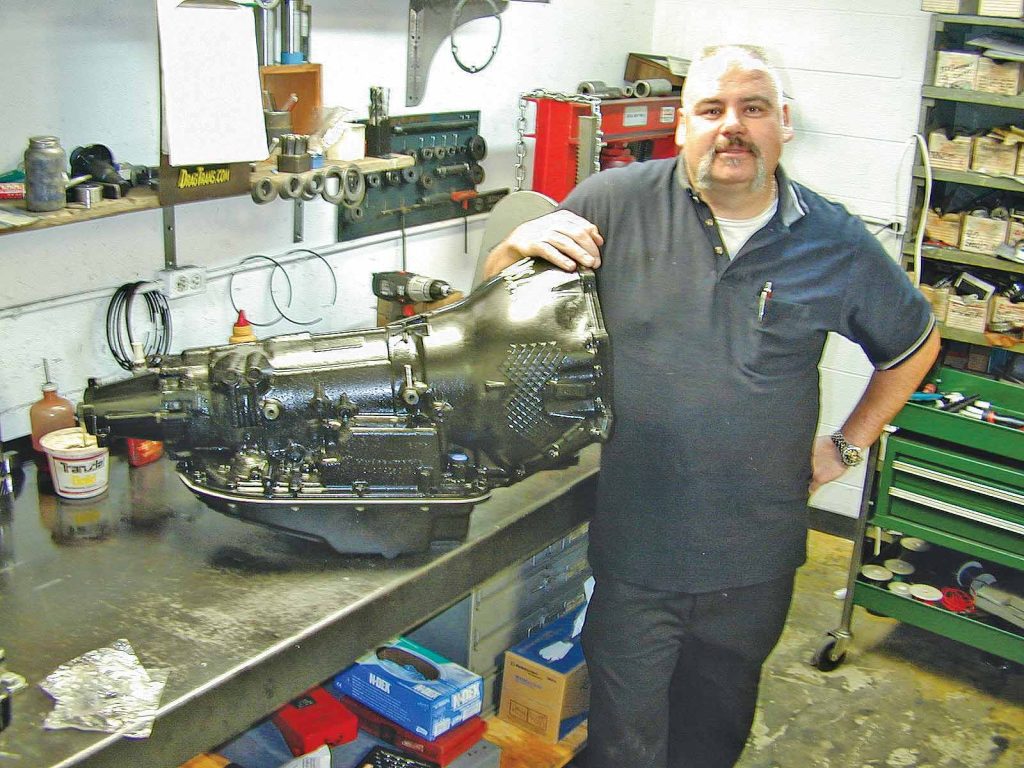
COMPUSHIFT TRANSMISSION CONTROL SYSTEM
The HGM CompuShift transmission control system was designed for people who want to experience the reliability, power and economy of having an electronic overdrive transmission installed in their street truck, street rod, street machine or off-road vehicle but want to keep things simple. The CompuShift can be used on most popular GM, Chrysler or Ford electronic automatic overdrive transmissions.
Like many aftermarket companies, HGM Electronics was founded out of the desire to fill a product gap. The CompuShift system did not exist before, and any product that attempted to do the same thing did it so much differently. Co-owner and street rod enthusiast Hap Cardwell also designs exotic circuitry for communications satellites. He’s a noted aerospace engineer with 40-some years of experience, and he explains: “About 10 years ago I brought a transmission into Torrance, California, transmission specialist Mike Hoy, himself a noted 45-plus-year industry veteran, to have him go through it. I needed it rebuilt for one of my many projects. Mike asked me what I did for a living, and when I told him I was in the aerospace industry, he asked me if I could design a computer to run an electronic overdrive automatic transmission. I said no, but I thought that my son, Guy, and I probably could design one together.”
“You see, I’m primarily an analog circuit board designer. But my son is a digital engineer, a software designer and a digital hardware designer. The three of us collectively sat down and decided that it was a viable project. It was something that we could do. We bought an electronics signal emulation package, and that’s how the HGM CompuShift transmission control system got started!”
Hap continued, “We spent a great deal of time looking thorough the General Motors and Ford automatic transmission shift data, looking at their shift tables and their algorithm data. We put computers on cars and trucks (including Mike’s ’39 Chevy street rod and Guy’s ’59 Chevy pickup) that had running transmissions in them. We tested a number of vehicles and studied what they were doing. Carbureted, injected, 4L60Es, 4L80Es, 700R4s, 4T6SEs—you name it. All told, we conducted about three years of testing before we built our first bread board,” said Hap. “More important, that very first board design worked right out of the box!”
While HGM’s prototype bread board was being field tested, Hap went about the business of creating a compact, cad-cam-designed printed wiring board. The Cardwells and Hoy are particularly proud of the fact that all of the HGM Compu-\Shift components are manufactured here in the United States by an ISO 2000 Hi-Rel manufacturing facility under strict control and supervision.
“The end result of all that hard work is that the HGM CompuShift transmission control system is as easy to use as any small compact unit like this could be,” said Hoy.
“We had initially talked about using a laptop computer program, like Windows for example, but we wanted the unit to appeal to people who are actually going to install it. For example, a very good mechanic might not be that well versed in Microsoft Windows. This was the reason behind the design of a very simplified programmer, but still be allowed to do anything you wanted to do with it. However, while the design is simplified, there is a back door that you can use where you can go in and truly modify all the shift tables to make the thing run. That program was invented by Hap’s son, Guy.”
“If you go to any junkyard today it’s easy to buy a late-model engine and transmission,” said Hoy. “You can usually bolt a manifold and carburetor on one of these engines, and it’s even fairly easy to install a points type or pulse distributor on one using a good aftermarket ignition system. But what do you do when it comes to running the transmission? The need was clearly there.
“I had had a number of street rods here at the shop that I had installed late-model engines and transmissions in, and had purchased a couple of the aftermarket computer systems that were available, and they just didn’t work! That’s why we went after this ?market!”
Of course, being the mechanical mind of the operation, Hoy is particularly proud of HGM’s ongoing component testing program. “Like Hap said, all of our boards are U.S. manufactured. Then the software is loaded up into these boards, we install each controller on a test bench which we built and designed, that has all the electronic components that are inside either a GM 4L60E or GM 4L80E electronic overdrive transmission. It has all the solenoids in there. It has all the switches and all the drivers. This bench cycles the controller through all its normal features in several different transmission modes, so we’re testing all of its inputs and outputs, like upshifting and downshifting, at least 15 minutes to one half hour each. We test driveshaft speed, engine speed and rpm levels. They just sit here and run through all their normal functions. Then they are taken out of test mode and are conformal coated to moisture proof them. Then each unit is assembled into a box and re-tested. And finally, we load the particular transmission mode the customer has ordered (for example, GM 4L80E gas or GM 4L80E diesel). Then they are boxed and shipped to the customer. At present, we have over 1,300 units operating worldwide.” As with most aftermarket electronics software, customers are always curious what kinds of checks and balances have been built into the product.
“The HGM CompuShift transmission control system has what is known as a fail safe, or ‘protection sensitive’ program built in,” commented Hap. “For example, if you happen to have a solenoid failure or a modulator failure inside your GM 4L80E transmission, and either the unit or the transmission overheats, the computer will not fail. Rather, it protects itself by giving you a fault code, telling you what exactly what the problem is. That’s pretty important to a guy running out in the desert who suddenly experiences a problem, or a guy out with his family on a rod run. The HGM CompuShift can immediately process the information and show it to you.”
The HGM CompuShift is 100-percent compatible with cars equipped with fully electronic instrumentation. For example, for cars featuring “cabless” electronic speedometers, the CompuShift gets its “speed signal” from the ?driveshaft rpm, processes it, reproduces the signal and sends it back out to the speedometer. Furthermore, the CompuShift will interface with most popular brands of aftermarket gauges.
The CompuShift also features a cruise control mode that will retrofit into most early GM vehicles. Or if a guy has an older car equipped with a mechanical speedometer, HGM takes what it calls the reproduced transmission output shaft sensor (TOSS) signal, counting the amount of pulses per revolution. For example, a GM 4L80E or a GM 4L60E has 40 pulses per revolution. This is introduced into another aftermarket product called a Cable-Ex, which will actually drive the mechanical speedometer. Even more good news is the fact that the HGM CompuShift also features a maximum rpm input shift point safety feature, which you can manually set.
We couldn’t wait to try out the system on the Jimmy G. Galante-built GM 4L80E. Of course, the “G man” himself will program our CompuShift system to compensate for the extra power being made by that twin Powerdyne supercharged ZR1. In the meantime, however, check out the accompanying photos. Or better yet, give these guys a call.
ARTICLE SOURCES
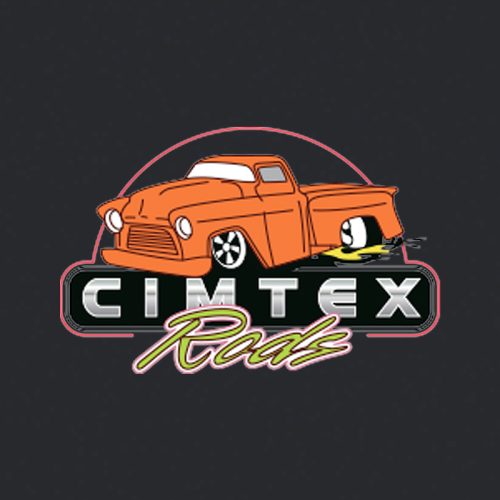
Cimtex Rods
P.O. Box 205
Jarrell, TX 76537
512/746-2707

G Racing & Performance Transmissions
10953 Tuxford St, Unit 15
Sun Valley, CA 91352
818/767-3021
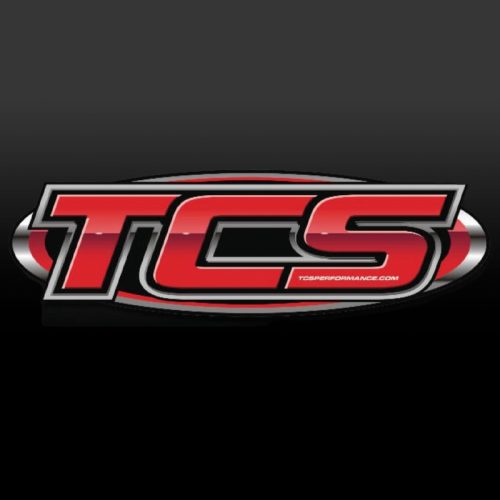
TCS (The Converter Shop)
2180 College Dr.
Lake Havasu City, AZ 86403
877/627-8852
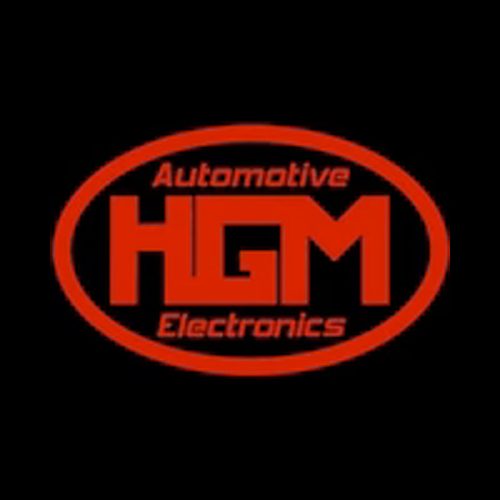
HGM Electronics
24009 Hawthorne Blvd
Torrance, CA 90505
877/744-3887
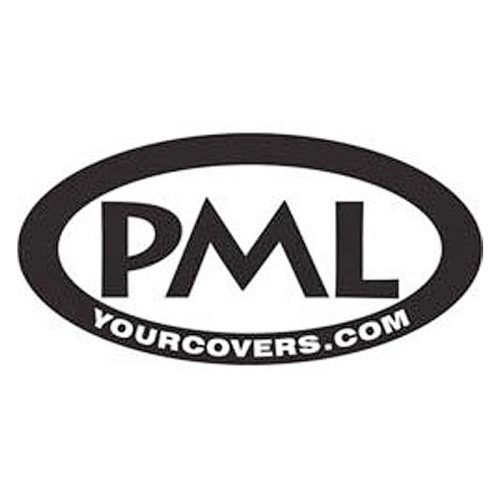
PML YourCovers.com
201 W. Beach Ave.
Inglewood, CA 90302
310/671-4345















